[Ebook Việt Hóa] New Plant Parent - Darryl Cheng, Chi Crassula
[Ebook Việt Hoá] New Plant Parent (Darryl Cheng) – Phần 02 – Jade Plant (Phỉ Thúy, cây thuộc chi Crassula)
- Nguồn: [Ebook] New Plant Parent: Develop Your Green Thumb and Care for Your House-Plant Family – Darryl Cheng
- Biên tập: Dũng Cá Xinh (Tháng 01/2022)
- Dịch: Team Codai.net
English
Jade Plant
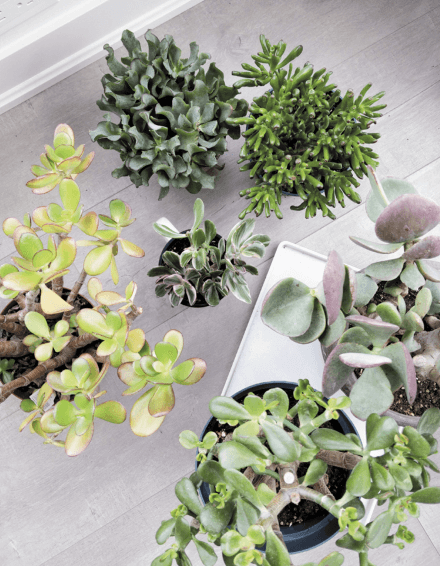
The jade plant (Crassula ovata) has long been a favorite of house-plant owners for its plump, teardrop-shaped leaves and the possibility of a treelike structure. New cuttings are all green, but with a few years of bright light, the lower stems develop a woody covering.
Survival strategy
If your daytime high brightness is between 100 and 300 foot-candles, don’t expect the jade to grow new leaves as big as the ones it came with. A jade plant sitting far away from a window will grow very slowly and become leggy. At this light level, the plant can only scrape by while holding on to the minimum number of leaves at the growing tips. Older leaves are shed for survival. Be careful about watering—bringing the soil to full saturation at this light level will put the roots at high risk of rot. You would be wise to move the plant to a brighter spot just for a day or two after watering. And because of the long time between waterings, the soil can become quite compacted and should therefore be aerated, which will allow water to penetrate the soil more evenly.
Growth strategy
At 500 foot-candles and higher, including some hours of full sun, your jade plant will grow very happily. You may still find the new growth leggy compared to when you first got the plant, but now, when you prune, there’s a better chance you’ll get two new stems coming out within a few months. You can easily check how hydrated your jade plants are by gently squeezing a leaf. When it is firm and plump, don’t water. Watering should be done when the soil becomes completely dry, but don’t wait too long after you see leaves getting wrinkled.
Subjective life span
A jade plant can be enjoyed for several decades in the right light. Don’t be afraid to prune it back to encourage branching. You can experiment with propagation by both leaf and stem cuttings, especially if you have a large plant to start with. The most common long-term issue is heavily compacted soil—this can be alleviated by regular aeration and repotting as necessary. Repotting can be done in the spring, once every two years, or even annually if your plant is growing fast. Jades tend to be top-heavy, so be sure to tamp down the soil around the stem and, if necessary, use a stake to keep your plant upright until the root system fills the new container. Use a potting mix with coarse sand and perlite for drainage. You can modify the mix based on your pot material: for a plastic pot (which is more water retentive), use more sand in the mix; for a clay pot (which is more porous), use less sand in the mix.
A small variegated jade plant (left) and several of the standard plants in one pot (right).
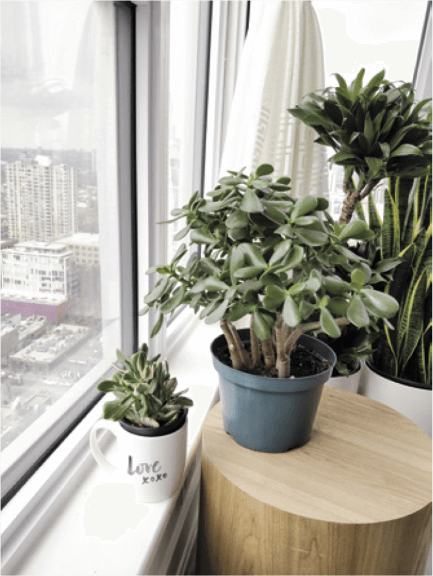
Observations from Jade Plant Parenthood
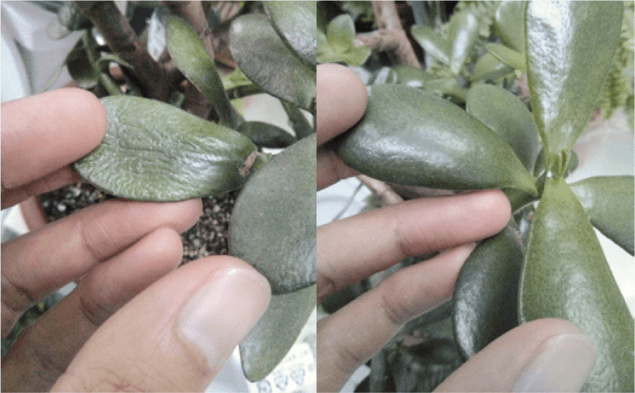
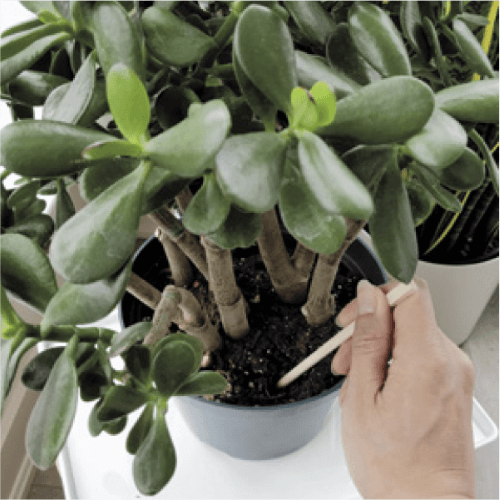
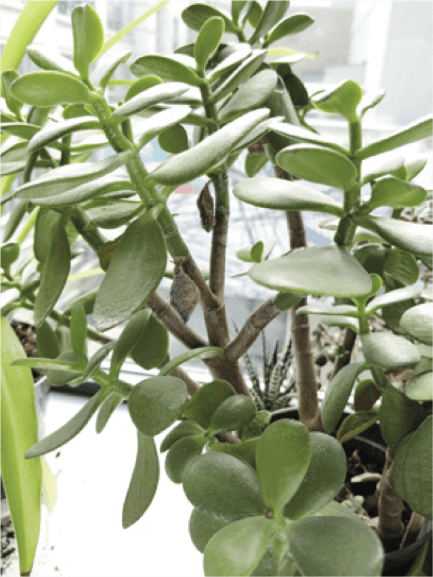
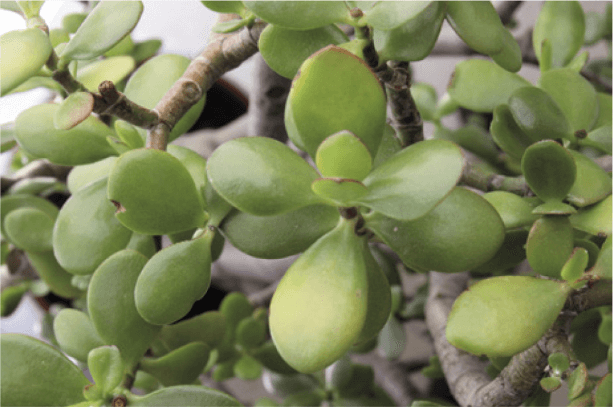
Varieties of Jade Plants
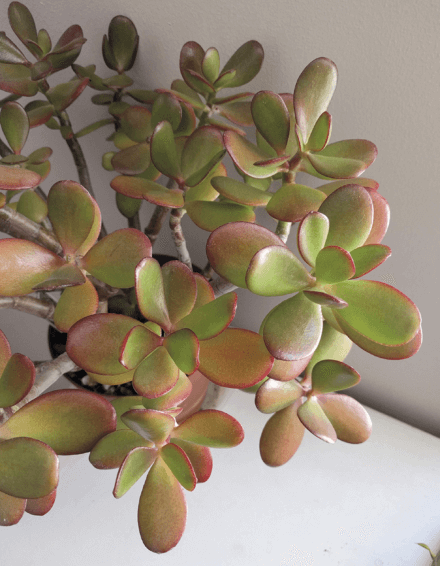
Pruning and Propagating a Jade Plant
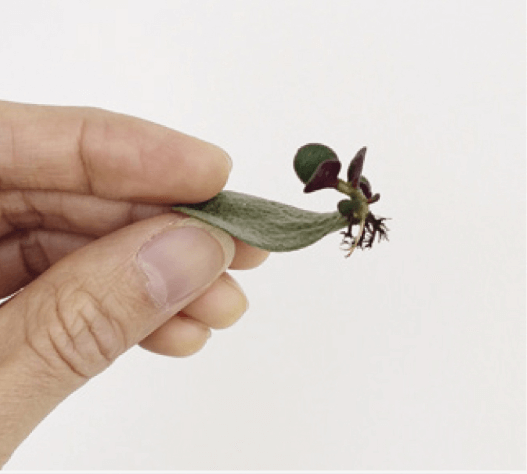
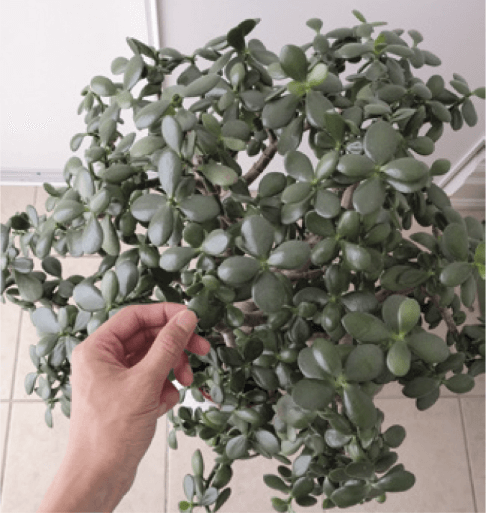
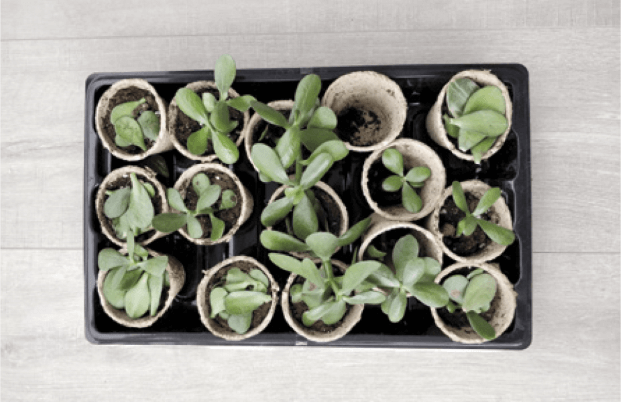
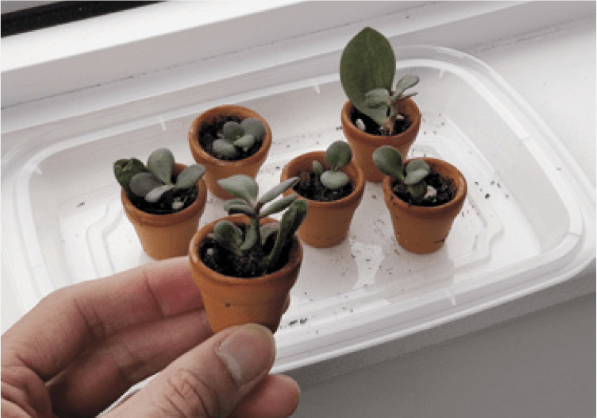
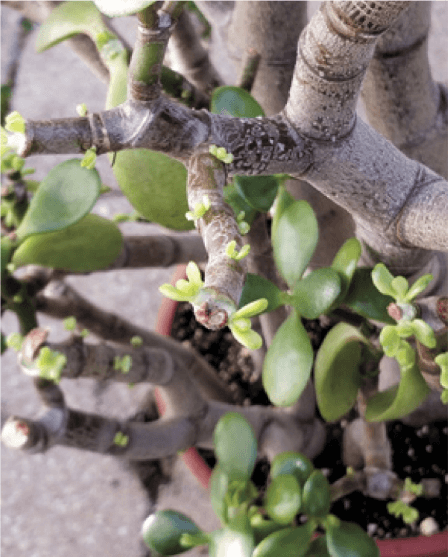
Tiếng Việt
Đang cập nhật
![[Ebook Việt Hoá] New Plant Parent (Darryl Cheng) – Phần 02 – Jade Plant (Phỉ Thúy, cây thuộc chi Crassula) [Ebook Việt Hoá] New Plant Parent (Darryl Cheng) – Phần 02 – Jade Plant (Phỉ Thúy, cây thuộc chi Crassula)](https://vn1.vdrive.vn/codai.net/2021/02/13-jade-plant.jpg)


